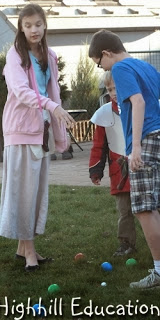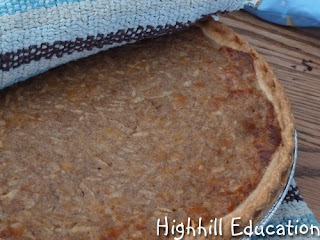Earthquakes, mountains, tsunamis, and volcanoes are all related through the movement of tectonic plates. Volcanoes are located where tectonic plates meet, where they part, and at cracks and holes withing the plates. The Pacific Ring of Fire is the prime example of plates sliding beneath one another resulting in volcanic activity.
Earthquakes are common in the region of Indonesia and there are many volcanoes. The entire west coast of California is an earthquake zone and contains many volcanoes. Indonesia and California lie on the Pacific Ring of Fire where tectonic plates collide. On blank outline maps the kids marked locations of major volcanoes.
How the Earth was Made - The Deepest Place on Earth
The Marianas's Trench, the deepest place on Earth is the primary location at which land sinks back into the Earth's core. Originally discovered during the 1800's, it took almost a century before scientists could explain how it works. I highly recommend this video as well as other movies in the series.
Volcanoes: Journey to the Crater's Edge
Tectonic Plate Activity
Where plates slide apart magma can seep out. This phenomenon, known as sea floor spreading, results in the creation of new land. On place this occurs is the Mid-Atlantic Ridge beneath the surface of the ocean.
Following Janice VanCleave's A+ Projects in Earth Science: Winning Experiments for Science Fairs and Extra Credit
In this project, the cylindrical container represents the surface of the Earth. A slit was cut into the container to represent the mid-ocean ridge. The paper emerging from the ridge is formed as the tectonic plates move away from each other and magma rises beneath the surface to fill the gaps.
Magnetic Field and Sea Floor Creation
As the magma forming new sea floor cools, the magnetic particles within the rock align with the Earth's magnetic field. Since the field has changed directions many times in the past, by matching aligned particles, rates of spreading can be calculated.
To model how the magnetic particles align with the magnetic field over time and move apart from the mid-ocean ridge, the new land was colored as it emerged from the Earth.
Over time, land created at the same time on opposite sides of the ridge, moved farther and farther apart.
Land Sinking into the Mantle
As new land is created, some land returns to the center of the Earth.
To represent this, two additional slits were cut into the surface of the Earth. The paper that represented the land was attached to a pencil.
As the pencil was spun, new land simultaneously was created and destroyed.
Our Science Page contains more Earth Science Activities as well as activities on cells, plants, simple machines and the human body.

* I did not receive any compensation for this recommendation. I'm just a homeschooling mom who has found many products that I like. If you're interested in the products I recommend on this blog I want to make it easy for you to find them.
** I am an Amazon associate and receive a small portion of the sales on orders made after clicking in from this site, which I promptly spend on homeschooling books and supplies for my children.
















































